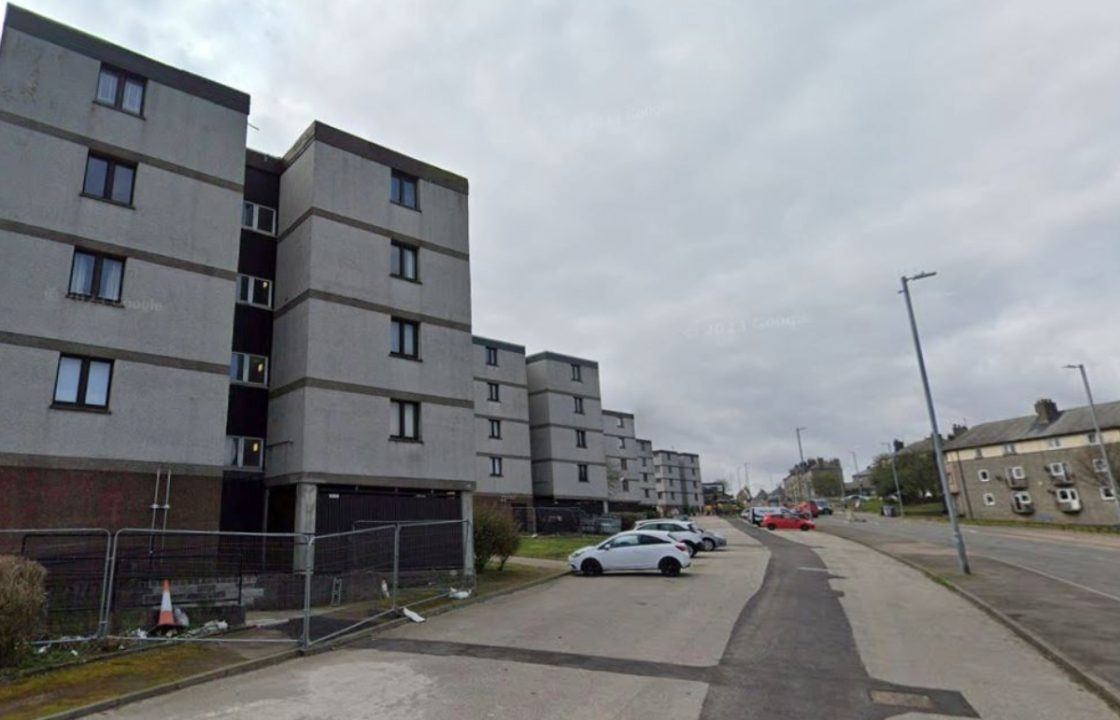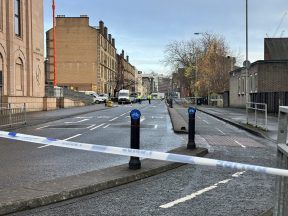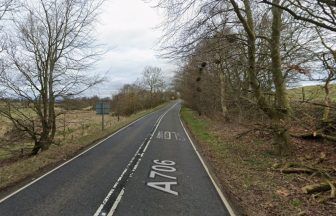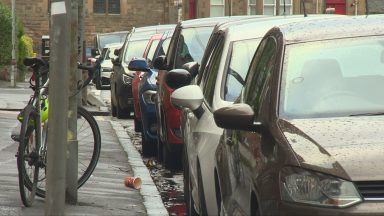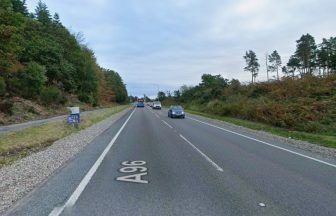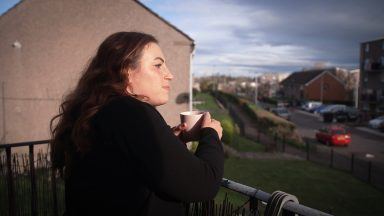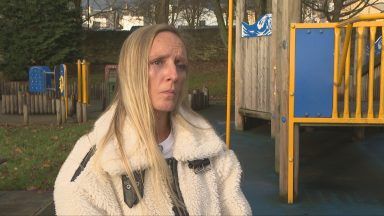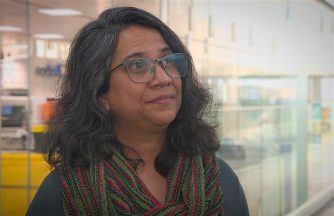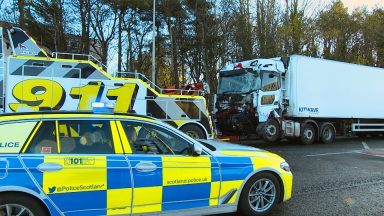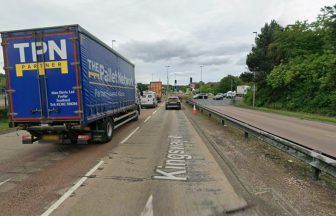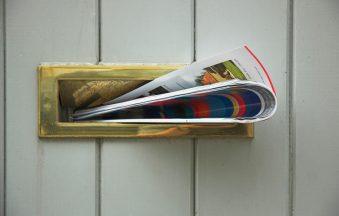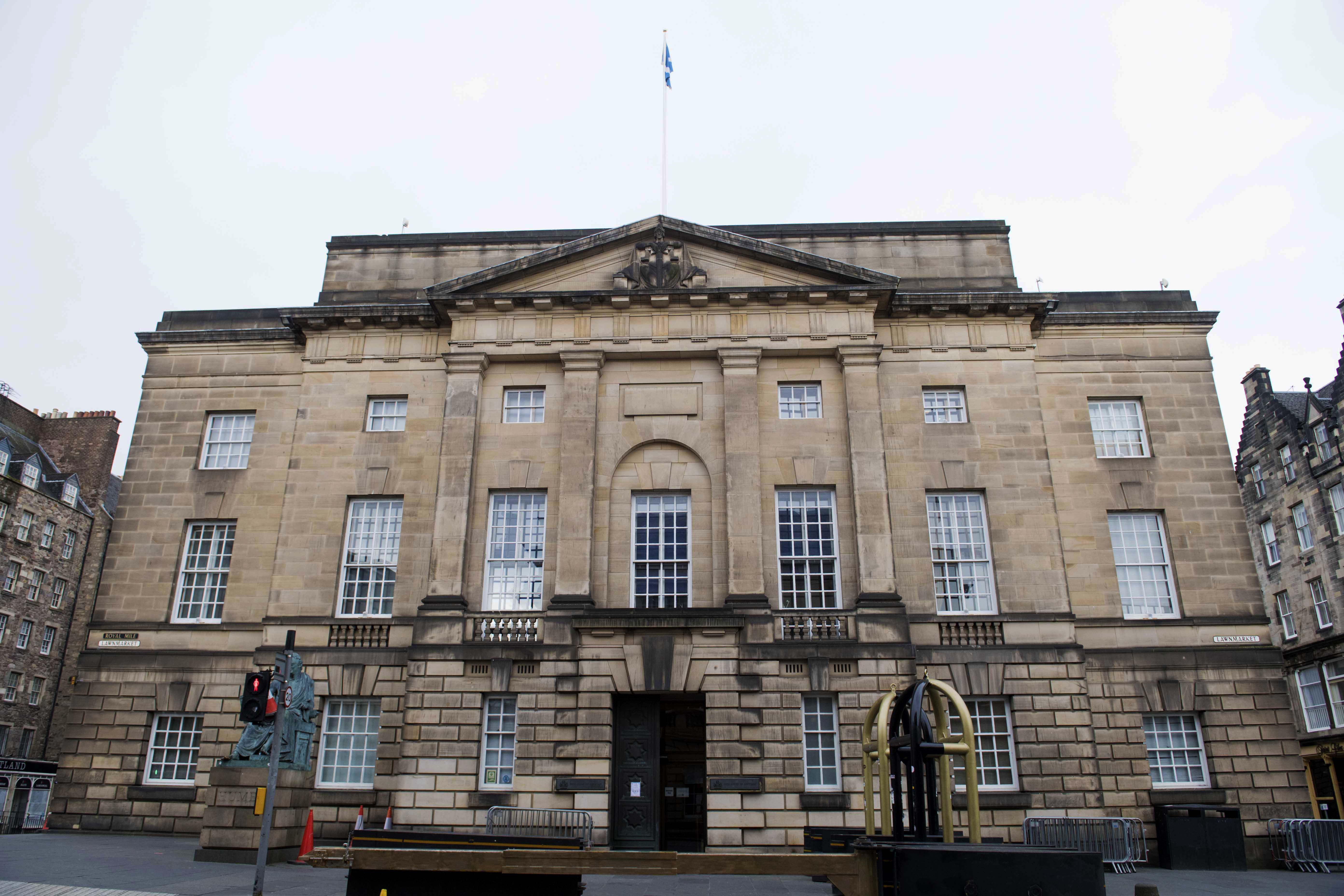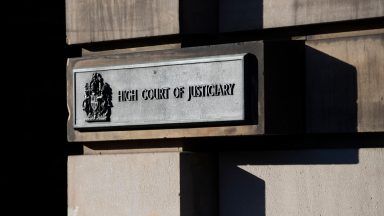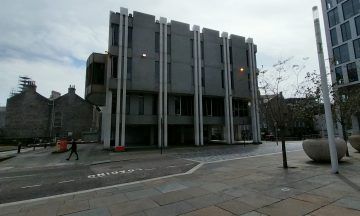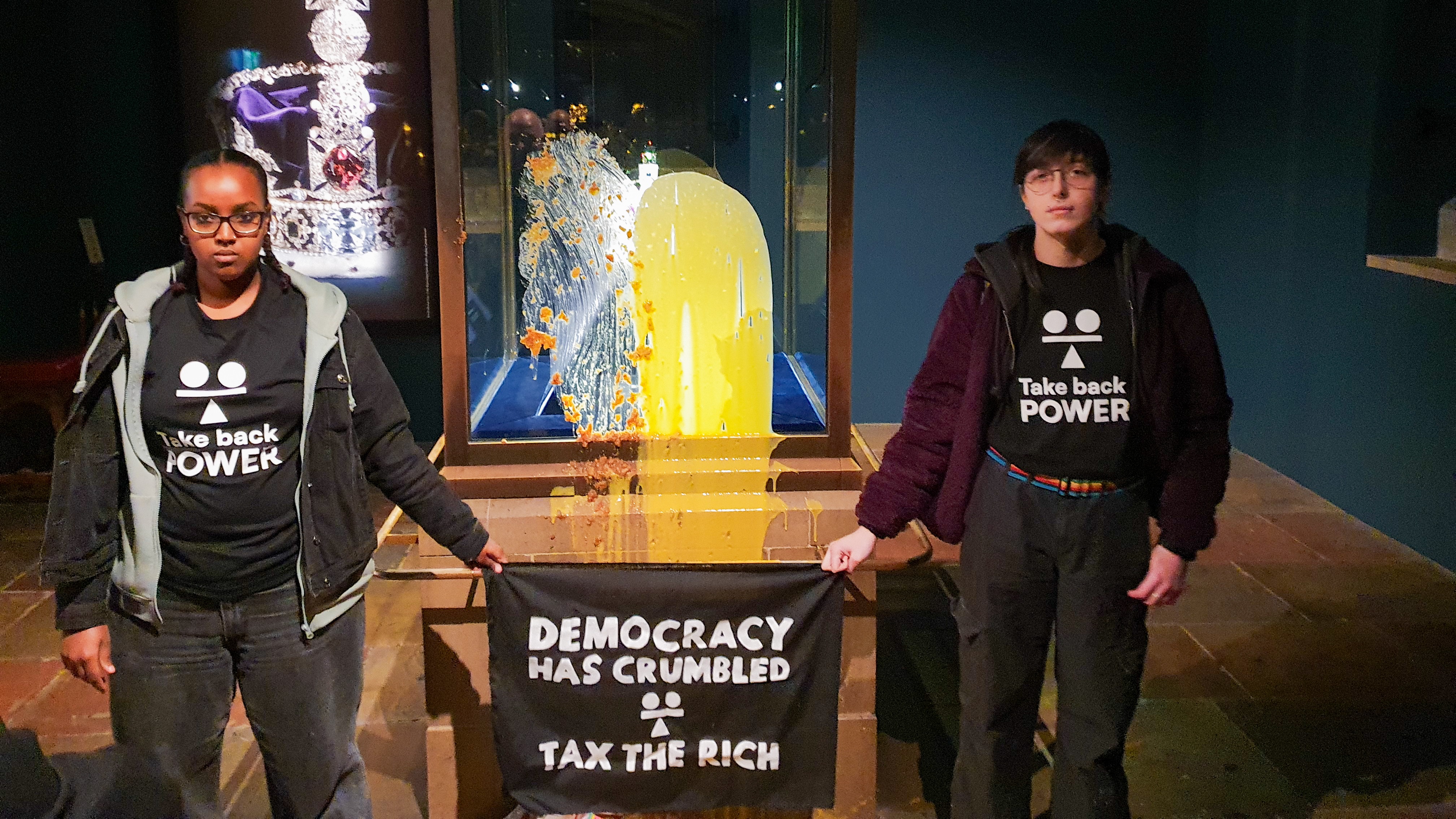The Scottish Government has announced a £10m funding agreement with Aberdeen City Council to deal with homes affected with potentially dangerous concrete.
The local authority is looking to demolish and rebuild more than 500 properties in Balnagask, Torry, that were identified with having RAAC in 2022.
On Thursday, housing secretary Mairi McAllan confirmed the Scottish Government will accelerate planned affordable house-building developments and free up £10 million in funding the council can use to support residents and homeowners affected by RAAC.
Residents have faced having their homes demolished and significant financial strain from poor buyout offers from the council.
They said that while the new funding deal sounds promising, they need more detail because they have lost trust in the council.
“The way it’s worded makes it look like it will directly help us as homeowners, but we don’t want to get our hopes up, it’s been a long year,” said Lynn Winstanley, a homeowner in Torry.
“We hope the money that’s been announced will offer us the correct value for our homes and allow us to move on from this.
“The Scottish Government needs to recognise this as a crisis; it’s not just us in Aberdeen that are affected by this issue.”
What is RAAC?
Reinforced Autoclaved Aerated Concrete (RAAC) is a lightweight form of concrete.
The way that RAAC is created makes it weaker than the normal building material.
There is no coarse aggregate – for example gravel and crushed stones – in RAAC, this is what gives concrete its strength.
Instead fine aggregate – such as sand and stone particles – is combined with chemicals to create gas bubbles, and heat to cure the compound.
This makes it relatively weak.
What is Aberdeen City Council doing?
Aberdeen City Council has been offering homeowners a price for their properties at the current market value but deducting the cost of the RAAC roof panels.
Dozens of people have moved out and relocated to new homes elsewhere in the city, private homeowners have been left behind.
Local authority chiefs held talks with homeowners in June and a survey was issued to give them the chance to share their thoughts on four potential options.
These were voluntary acquisition, carrying out work themselves to make their homes safe, roof replacement and a property swap.
While these talks were under way, the council halted its demolition plans for local authority-owned blocks containing the “bubbly” concrete.
But now that is done, planning and preparation works for knocking down RAAC-affected council homes is expected to start up again as soon as possible.
Follow STV News on WhatsApp
Scan the QR code on your mobile device for all the latest news from around the country


